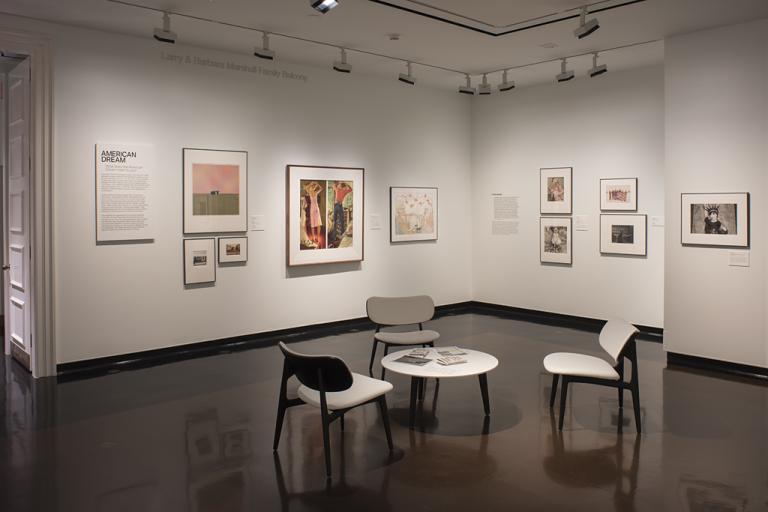black children with white doll, Gordon Parks
Artwork Overview
Gordon Parks, artist
1912–2006
black children with white doll,
1942
Where object was made: Washington, DC, United States
Material/technique: gelatin silver print
Dimensions:
Image Dimensions Height/Width (Height x Width): 25.4 x 34.3 cm
Image Dimensions Height/Width (Height x Width): 10 x 13 1/2 in
Mat Dimensions (Height x Width): 16 x 20 in
Image Dimensions Height/Width (Height x Width): 25.4 x 34.3 cm
Image Dimensions Height/Width (Height x Width): 10 x 13 1/2 in
Mat Dimensions (Height x Width): 16 x 20 in
Credit line: Museum purchase: Friends of the Art Museum
Accession number: 1993.0045
Not on display
If you wish to reproduce this image, please submit an image request














